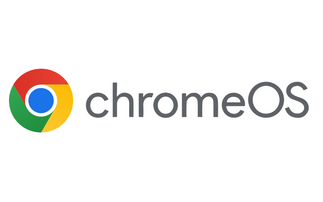Novell shows off Suse Linux Enterprise Desktop at German show
Novell showed off its latest raid on the Linux desktop market at the Cebit show in Hanover, Germany. Due in the summer, Suse Linux Enterprise Desktop has a focus on usability with integrated de...
To continue reading this article...
Join Computing
- Unlimited access to real-time news, analysis and opinion from the technology industry
- Receive important and breaking news in our daily newsletter
- Be the first to hear about our events and awards programmes
- Join live member only interviews with IT leaders at the ‘IT Lounge’; your chance to ask your burning tech questions and have them answered
- Access to the Computing Delta hub providing market intelligence and research
- Receive our members-only newsletter with exclusive opinion pieces from senior IT Leaders
















